Unless the goal of your trip is to unplug, you’re probably going to want to stay connected via your smartphone when traveling abroad. Whether you want to FaceTime your cat, Skype your grandma, or upload pictures of every meal to Instagram, there are a lot of options for getting talk, text, and data while you’re away from home. Figuring out the best choice for you depends on a lot of variables, but there are essentially three main options:
- Pay the international fee on your regular plan so it will work (usually) as soon as you get off the plane
- Forego using the phone part of your smartphone and just use Wifi to connect
- Buy a SIM card when you arrive at your destination
The short answer is that there is no single best way to go. For some travelers, having access for every minute of every day during your trip is important – how else will your many followers see a Snap of your midnight snack? For others, all you need is to call someone to let them know you’ve made it to your destination safely. For others, you’d prefer nobody to know you’re traveling anyways.
Important notes about data use and communication apps while traveling
Before we get into calculating the costs for each option, I’d like to note that the average traveler tends to use MORE data while they are abroad than when they are home. There are several important reasons why:
- Think about what you normally do to pass the time while you’re in transit somewhere (unless you’re driving)? More than likely you check social media, read the news, message your friends, etc. Normally, people don’t have THAT much travel time in our every day lives, so when you are abroad and taking planes, trains, and automobiles to and fro from your hotel, restaurants, attractions, etc. you burn more data that you normally would.
- It is also likely that your phone connects to Wifi when you are at home or at work, so you generally are NOT using data during those times either. Depending on your hotel, you may have free Wifi available – but generally hotel Wifi will boot you off the network as soon as it senses you’re no longer using it, and it can be a pain to reconnect all the time.
- When you are traveling, you probably like to stay connected by messaging, video calling, and uploading gobs of pictures to social media.
- It is important to remember that if you use an iPhone and are text messaging other people with iPhones – you are using DATA rather than text messages, because that is the way Apple iMessage works.
These factors add up to you generally using much more data than you do in your normal every day existence.
It is also important to note that you can often get by on ONLY data, as there are a ton of services out there these days that let you text, call, and video call using only your data. Examples of these services are as follows:
- iMessage and FaceTime – Allow you to message, voice call, and video call from Apple phones to Apple phones
- Whatsapp – Allows you to message, voice call, and video call any phone with the app and data access. Whatsapp is now owned by Facebook, and there are rumors it will be integrated with Facebook messenger sometime in the future.
- WeChat – By far the most popular communication app in China and several other Asian countries. Allows you to message, voice call, and video call any phone with the app and data access.
- Skype – Used to be the ONLY option for messaging, voice, and video calling using data, but has been eclipsed in almost every way by many competitors. Allows you to message, voice call, and video call any phone with the app and data access.
- There are many others out there, those four are just the most popular.
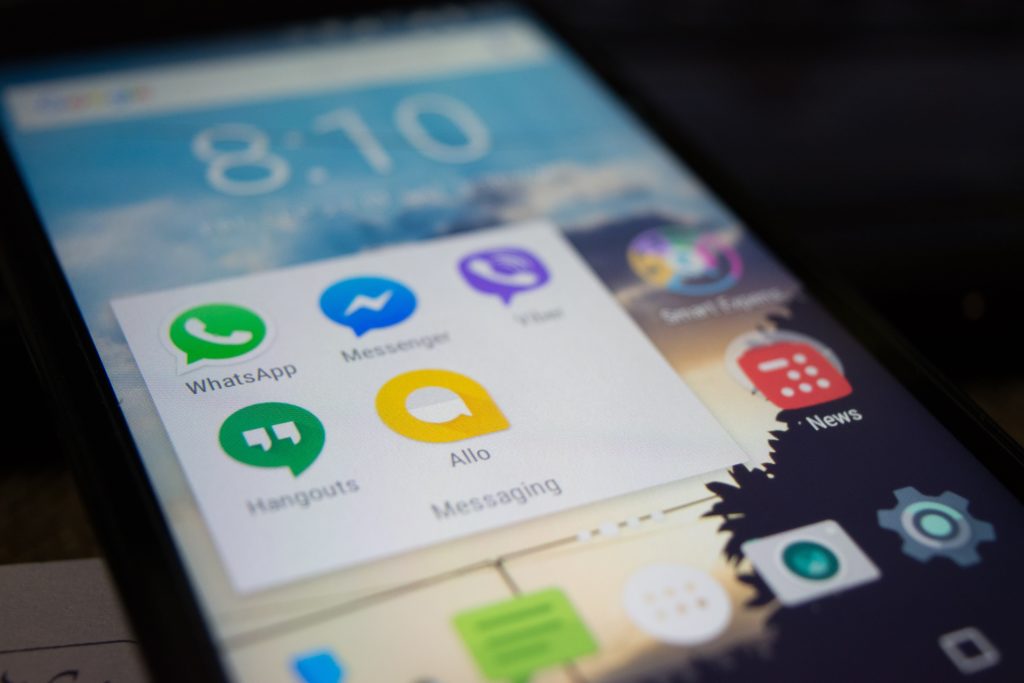
Option #1: Pay the international fee on your regular plan so it will work (usually) as soon as you get off the plane.
The easiest option for most travelers is to add an ‘international plan’ to the phone plan you already pay for. Most carriers have partners in countries across the globe that will connect you as soon as you arrive. While this is the most convenient option, it is also almost always the most expensive, by a wide margin. I’ll use two recent trips of mine as examples so you can get a feel for what this sort of thing costs. I’ll also compare these costs to your other options as I discuss them later!
These examples are from my personal Verizon Wireless account, where my wife and I share 8gb of data per month. We both have the iPhone 7. Verizon is admittedly pricier than some other carriers, so your costs may vary depending on your provider and plan. My plan gives me basically three options.
- A ‘Travel Pass’ that utilizes my talk, text and data allowances (again, 8GB). This costs $10/day per line.
- A monthly travel plan that includes 100 minutes of talk, 100 text messages, and .5 GB of data). This costs $56/month per line.
- A monthly travel plan that includes 250 minutes of talk, 1,000 text messages, and 2 GB of data. This costs $104/month per line.
Overages on the last two plan cost .35/minute, .05/text, and $25/.5 GB.
Trip #1 – One week in Portugal.
- Assuming I use the travel pass every day, this option would cost me $70. If my wife is traveling with me it will costs us double that. But remember, I’m probably using more data than we do at home, so chance are I’ll burn through a big portion of our 8 GB lickity-split and have to pay for extra that month when we return home. Let’s say a grand total of around $90 for the one week trip.
- If I’m realistic, I can get away with 100 minutes of talk and 100 sms messages, because I’m using an iPhone and most of the people I am texting are using iPhones, so that is data rather than texts. But I’m guessing I’ll use around 1 GB of data for a week rather than the .5 GB that comes with the plan, which will cost me an extra $25. The grand total for this option will be about $80 – but my precious data from my regular plan will be preserved.
- This plan is probably unnecessary here as the 2 GB is overkill for a one week trip unless I’m streaming movies before bed, and I’ll likely be able to connect to my hotel Wifi for that. Grand total $104 for the week.
As you can see, for one person these plans will each cost me about $80-$900 and for two people it will go up to anywhere from $160-$210. That amount of money can buy you an extra night or two in a decent hotel!
Trip #2 – Two months in China
- Assuming I use TravelPass every day, this price becomes truly outrageous. $10/day for 60 days would cost me $600 for the two month trip…and that is on top of the monthly fee that I’m already paying for my regular phone service. Add on any extra data that I use while I’m traveling and it just becomes absurd.
- For this option, there is no way I’m getting away with using .5 GB of data per month in China – my FaceTime calls to my son alone are gonna burn at least twice that. So let’s say I use a higher than average 5gb of data per month. I can probably get away with 100 minutes and 100 text messages if I’m careful, so we won’t add on any fees for that. That puts us at a grand total of $56/month x 2 ($112) + $25/every .5 GB x 2 ($425) over for a grand total of $537 for two months. This plan preserves all of my regular data so my wife can Facetime me from wherever she pleases and not worry about using all of our data.
- Using the same calculations as the previous plan (although with this option I don’t have to be as stingy with my calls and text messages!) – I would pay around $508 for two months.
These plans range from $540 to $600 for service in China for two months – think about what else you could do on your vacation with that money…especially considering the alternatives I’ll cover next.
Option #2: Don’t pay anything extra and just use Wifi in your destination.
This option has become increasingly less attractive as mobile travel apps have developed to a point where they are becoming essential to many travel activities. From checking in for your flight to getting a ride in a taxi or rideshare (like Uber) to opening your favorite maps app to figure out where you are – using data while on the go is a must for the tech savvy traveler. However – for those of you who prefer to do things the old-fashioned way, you can absolutely get by with only using Wifi hotspots to connect during your travels.
Searching for internet cafes is a thing of the past (and probably something only people over 30 can remember doing on their travels). In today’s globalized society, you can generally find free Wifi at your hotel, in cafe’s and even in places you wouldn’t normally consider like public libraries. Some cities are even starting to create a public Wifi system that provides free Wifi everywhere. Those of you who are security conscious might be concerned about connecting to hotspots that are generally not password protected (or if they are, everyone has the password), which does increase your risk of encountering someone using port scanners, etc. to try and steal your information.
This option is FREE unless you want to pay for a service like Boingo, which provides access to more than 1 million Wifi hotspots across the globe for a fee of around $15/month.

Option #3: Buy a SIM card from a local carrier when you arrive
In any mobile phone, the hardware of the phone is pretty much the same. You have a touch screen, a processor, some memory, the antenna that talks to the mobile phone network towers, the antenna that talks to Wifi hotspots, and a SIM card. The SIM card is a key piece of hardware because it tells your phone which mobile phone network to connect to, and how to do so. The vast majority of phones these days come ‘unlocked’ (meaning you can replace your SIM card at any point without a password or code), but its worth checking with your mobile provider to make sure before you travel if you’re planning to get a new SIM card.
Getting a new SIM card is fairly simple, but may require a little bit of research and/or local help once you arrive. You can purchase a SIM card from most local mobile phone carriers upon arrival at your destination, and some even have kiosks at the airport to make your life really easy (although be sure to check if they charge more for service there as sometimes there is a convenience fee added on). Depending on the country you are visiting, the employees at the mobile phone store may or may not speak your language, so it is sometimes useful to have your hotel concierge or B&B host call ahead for you (some will even go with you to the store to translate!) to check. You will also likely need to bring your passport along, as they’ll take your info to sign you up for temporary service.
Most countries have at least a few options for mobile carriers, so doing a quick internet search before you go to identify which one is right for you is probably your best bet. There are dozens of internet forums out there where locals answer questions about the best local mobile phone service. From my perspective, the most fascinating thing about mobile phone service in other countries is that it is SO. MUCH. CHEAPER. than what I pay for my phone service in the United States. I’ll continue the examples of Portugal and China to show the differences in price.
Trip #1: One week in Portugal
For my trip to Portugal, I decided to go with only data access, as my wife and the rest of my family have iPhones and I am happy to iMessage/FaceTime them all. I went with a very popular European provider, Vodafone, based on a recommendation from a local colleague. In a transaction that lasted a grand total of 10 minutes, I provided my passport and phone, and the person at the Vodafone store had a lovely chat in perfect English in which I purchased 50 GB of data (YES, FIFTY!) for a total of 20 euros. The plan was good for one month, so for my one week trip I paid a total of approximately $22 USD and was completely connected to all of my websites, social media, news apps, etc. and family at home.
Trip #2: Two months in China
In China, I had the luxury of student assistants to help me – which is good because the people at the mobile phone stores did not speak any English (nor do I speak Chinese at a level even resembling enough to navigate purchasing mobile phone service). However, with my students’ help, I was able to purchase a plan with unlimited everything, including, talk, text, and data for 99 RMB per month, which converts to approximately $14. Let that sink in. Unlimited. Everything. $14/month! And we’re not talking about slow service, we’re talking blazing fast 4G that does everything pretty much as fast as my home internet connection, and I haven’t found a dead zone yet.
Although this option involves the most work, it is also likely to provide you with the best service for the least amount of money.

The Bottom Line
In almost every travel scenario, getting a local SIM card is your best bet for service and price when you want to use your phone when traveling abroad. Comparatively, my data only service for a one week in Portugal cost me $25 with a local SIM card rather than more than $150 if I had gone with my provider’s international plan. In China, the difference is even greater, as I paid $28 for unlimited everything compared to the more than $540 I would have spent with my provider’s international plan. Maybe on a really short trip the convenience of your provider’s international plan might make sense, but the cost adds up very quickly if you use it for more than a few days. Of course, you can always get away with only using Wifi at your destination, but your connectivity is likely going to suffer as a result.


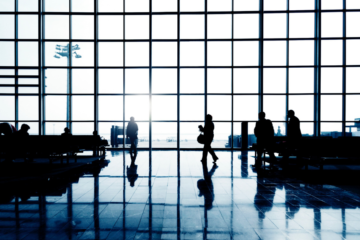
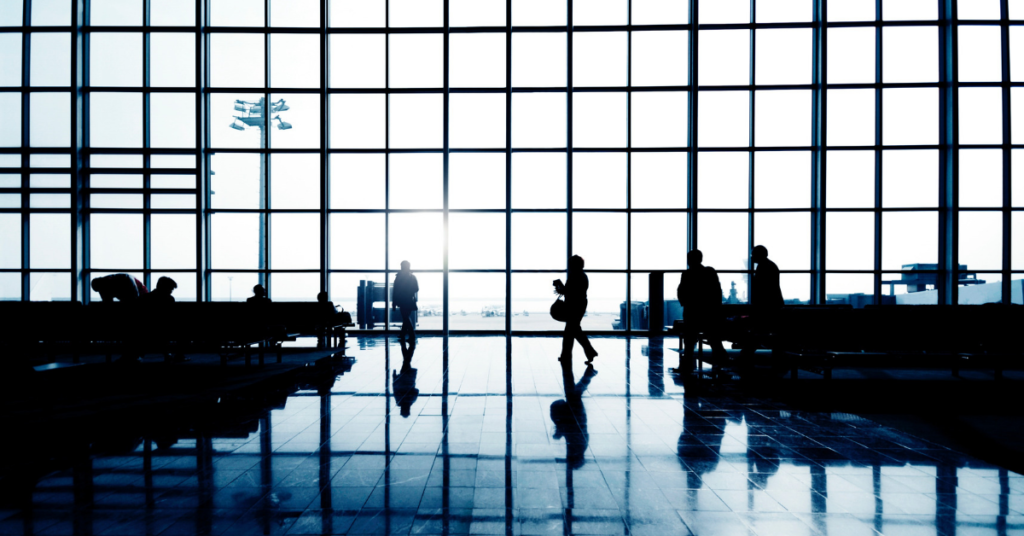




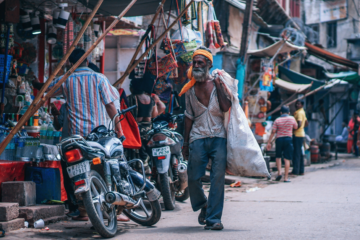

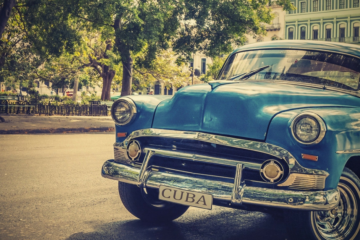
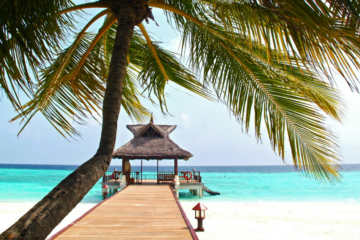
 If you’ve flown to your destination, you’ve probably been exposed to a whole host of germs and spent time in the very dry recirculated air of an airplane.
If you’ve flown to your destination, you’ve probably been exposed to a whole host of germs and spent time in the very dry recirculated air of an airplane. Go to a local gaming cafe. Even if you’re not a ‘gamer,’ going to a gaming cafe to plug in and zone out for a little while can be a lot of fun. You don’t even have to play the latest first person shooters – many gaming cafes have classics that will take you back to your early days playing Pong/Burger Time/Super Mario/Pacman in the basement with your friends and family.
Go to a local gaming cafe. Even if you’re not a ‘gamer,’ going to a gaming cafe to plug in and zone out for a little while can be a lot of fun. You don’t even have to play the latest first person shooters – many gaming cafes have classics that will take you back to your early days playing Pong/Burger Time/Super Mario/Pacman in the basement with your friends and family.
